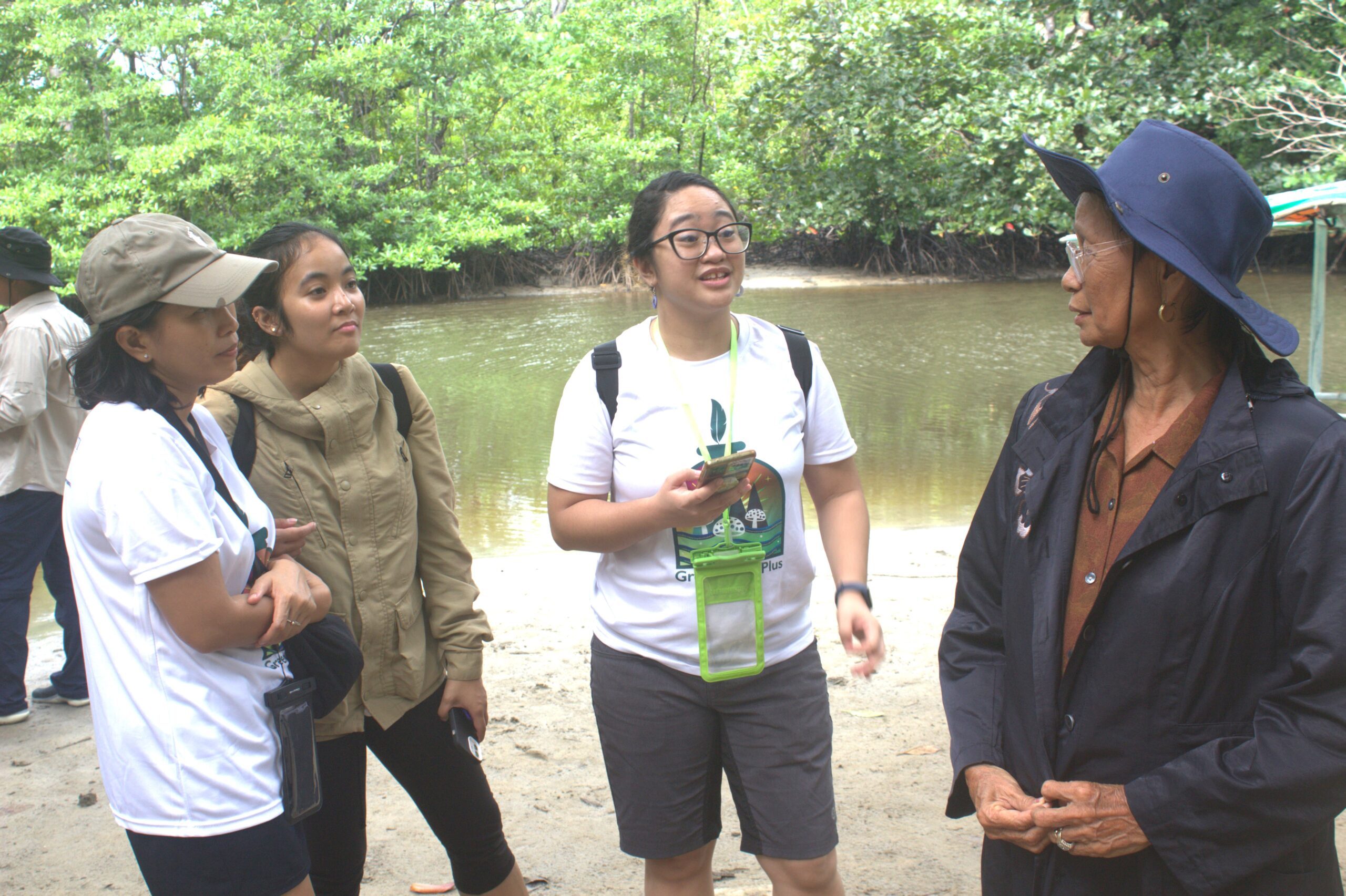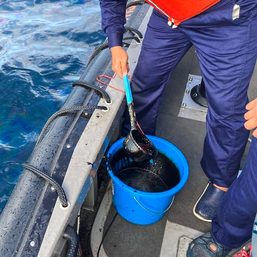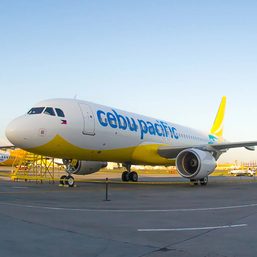SUMMARY
This is AI generated summarization, which may have errors. For context, always refer to the full article.

PALAWAN, Philippines – The lush mangroves of Palawan not only enrich the biodiversity but also serve as crucial shields against storms and a lifeline for fisheries. Urbanization and human activities, however, have resulted in the alarming depletion of these vital ecosystems, particularly in areas like Puerto Princesa.
To combat this degradation, Puerto Princesa residents have institutionalized an annual activity for the past 20 years. Every February, they unite in a mass mangrove planting event, symbolizing their “Love Affair With Nature,” and value the importance of safeguarding and rehabilitating mangrove habitats for the well-being of both marine life and coastal communities.
Some 8,000 seedlings were planted by residents led by Puerto Princesa Mayor Lucilo Bayron in Iwahig on February 14, Valentine’s Day, with the aim to rejuvenate denuded mangrove zones located 20 kilometers away from the city center.
Palawan boasts vast coastal waters spanning some 11,690 square kilometers, while Puerto Princesa alone encompasses 330,000 hectares, making them among the richest fishing grounds in the country.
Fish catch data showed staggering annual yields, with Puerto Princesa accounting for 67,350 tons and Palawan contributing 50,251 metric tons.
Palawan serves as a primary source of galunggong (round scads) for the Navotas fish port in Metro Manila, supplying 95% of the demand, according to Roberto Abrera, chief of the Fish Production and Support Services Division of the Bureau of Fisheries and Aquatic Resources (BFAR) in Palawan.
Abrera said large pelagic fish like yellowfin tuna and blue marlin, which feed on round scads, have been observed returning to Mindoro Strait.
Dr. Jurgenne Primavera, a mangrove scientist based in Iloilo City who serves as the chief mangrove advisor of the Zoological Society of London (ZSL)-Philippines, stressed the importance of mangroves in the country’s food security. She explained that these are the most vital components of the coastal ecosystem and among the most productive and biologically complex ecosystems.
She pushed for the establishment of coastal greenbelts to protect coastal communities from storm surges while allowing the denuded mangroves to recover.
Through this, more mangrove forests along the coasts can be established, Primavera said.
“In Thailand, there are one to two kilometers of greenbelt in front of their shrimp ponds. In the Philippines, maybe five meters at most, or even zero, behind the fishponds. Even though we have so many laws dating back to 1975, these are really being breached, rather than complied with,” she said.
Primavera said mangroves provide valuable resources beyond coastal protection, including raw materials, food, erosion control, maintenance for fisheries, and carbon sequestration.
She cited a 2011 published study by American environmental and resource economist and Colorado State University professor Edward B. Barbier to point out that the ecosystem benefits of mangroves amount to some US$14,166 to $16,142 per hectare.
Tourism benefits and threat
On Puerto Princesa’s west coast, local boatmen and tour guides earn income from tourists who visit biologically rich and diverse mangrove areas.
Lutchie Cacho-Abad, vice president of Sabang Mangrove Paddle Boat Association, said they earn P35,000 from an average of 80 to 100 tourists daily, charging P350 per head for a tour within their Community-Based Sustainable Tourism (CBST) area.
Informal settlers, however, pose one of the biggest threats to mangroves in Puerto Princesa and Palawan.
The city government of Puerto Princesa has surveyed 9,500 informal settler families in the city and found that 84% of them have been living along the coastal or mangrove areas.
To address the problem, city hall has strengthened the enforcement of environmental and anti-squatting laws and ordinances.
The City Environment and Natural Resources Office (CENRO), headed by Carlo Gomez, along with sections such as Bantay Gubat, Bantay Dagat, and Bantay Bakawan, has been tasked with implementing laws to deter further destruction.
Another office, the Drive Against Professional Squatters and Squatting Syndicates (DAPSSAS), led by Alex Hermoso, is responsible for dismantling and demolishing illegally built structures. – Rappler.com
Gerardo C. Reyes Jr. is a community journalist at Palawan Daily News and an Aries Rufo journalism fellow of Rappler for 2023-2024.
Add a comment
How does this make you feel?














There are no comments yet. Add your comment to start the conversation.